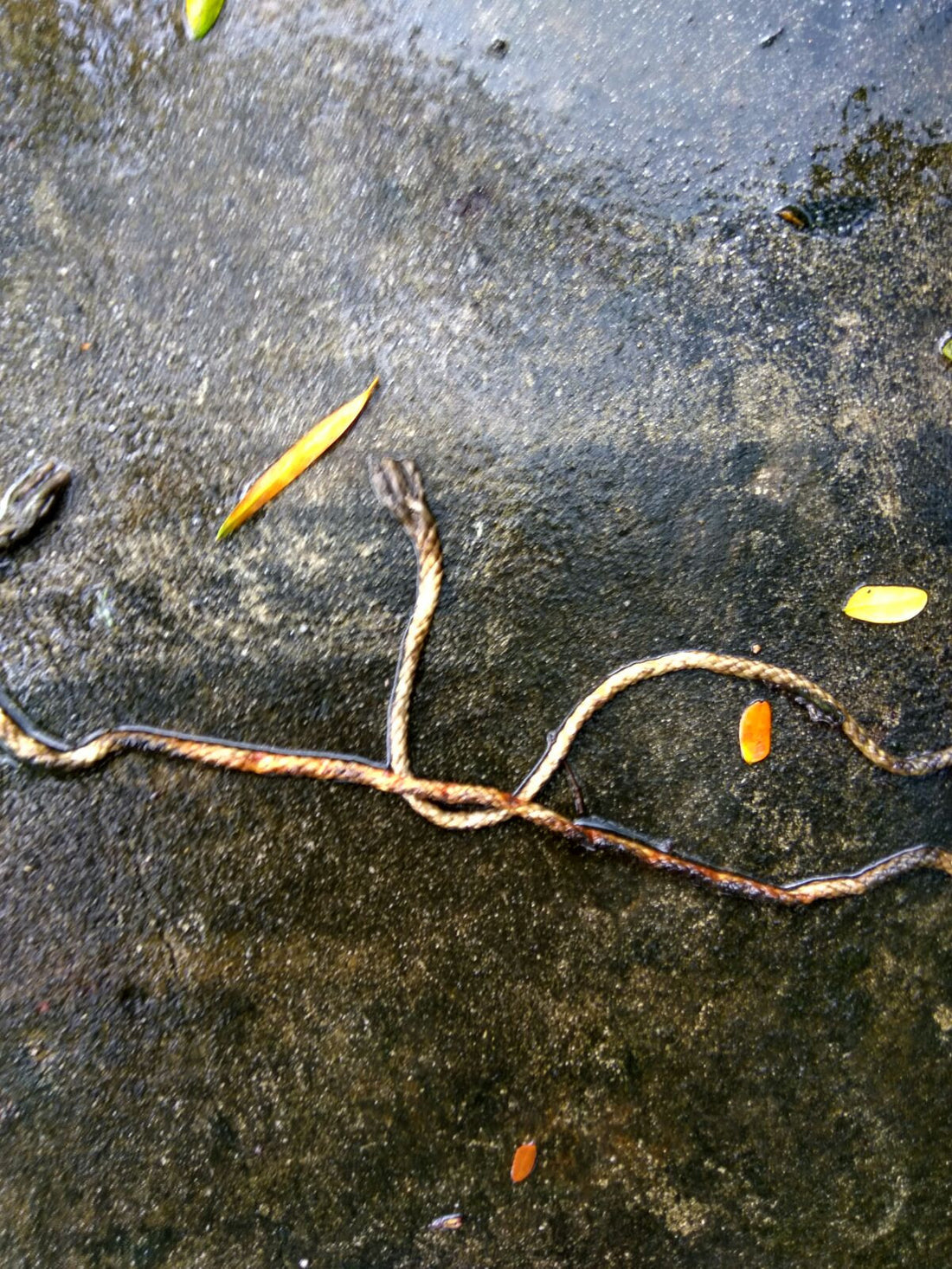
Coghlan's Utility Cord is fungus resistant
Some ropes or cords in the market offers a feature we know as rot or mildew resistant, and generally we do know that plastic ropes do not decay or decompose over a short period of time, unlike cotton or any natural type fiber rope. However, we do not really get to see what happens to them over time and if these claims are real.
 Recently I had the chance to see a Coghlan's Utility Cord (5mm I think) that I had sold around 2 years before. The cord had been used to secure a gazebo to some bricks to prevent it from toppling. So the gazebo was completely gone. The frame had rusted from inside out and the fabric had many holes due to the moist environment combined with maybe some corrosive tree sap. This gazebo was setup in a permanent fashion in a tropical jungle type environment, which features relatively warm temperatures and consistent high humidity, not only because of the rain but also the large amount of vegetation and trees, which themselves give out and contain within themselves alot of moisture.
Recently I had the chance to see a Coghlan's Utility Cord (5mm I think) that I had sold around 2 years before. The cord had been used to secure a gazebo to some bricks to prevent it from toppling. So the gazebo was completely gone. The frame had rusted from inside out and the fabric had many holes due to the moist environment combined with maybe some corrosive tree sap. This gazebo was setup in a permanent fashion in a tropical jungle type environment, which features relatively warm temperatures and consistent high humidity, not only because of the rain but also the large amount of vegetation and trees, which themselves give out and contain within themselves alot of moisture.
So the gazebo was completely gone, and on first inspection, I though so too was the rope, as it was covered in a thick layer of dark fungus, which grew from the water that flowed ontop of the rope continuously whenever it rained. However as I untied the rope, I realised it was just a superficial layer of fungus, the rope itself retained its integrity and if you were bothered about the fungus (I was not), it could simply be scrapped off.
If you require a rope that can withstand the elements better, it really is worth paying a little more (maybe double compared to cheaper alternatives) to get paracord or this type of rope, because in the end, as this example shows, your better quality cord will last maybe 5 times as long in challenging environments.
